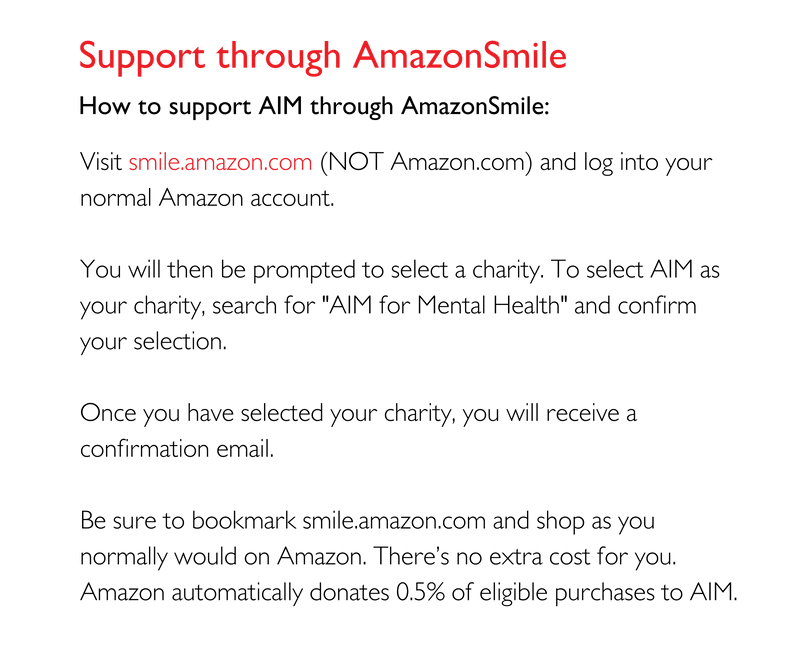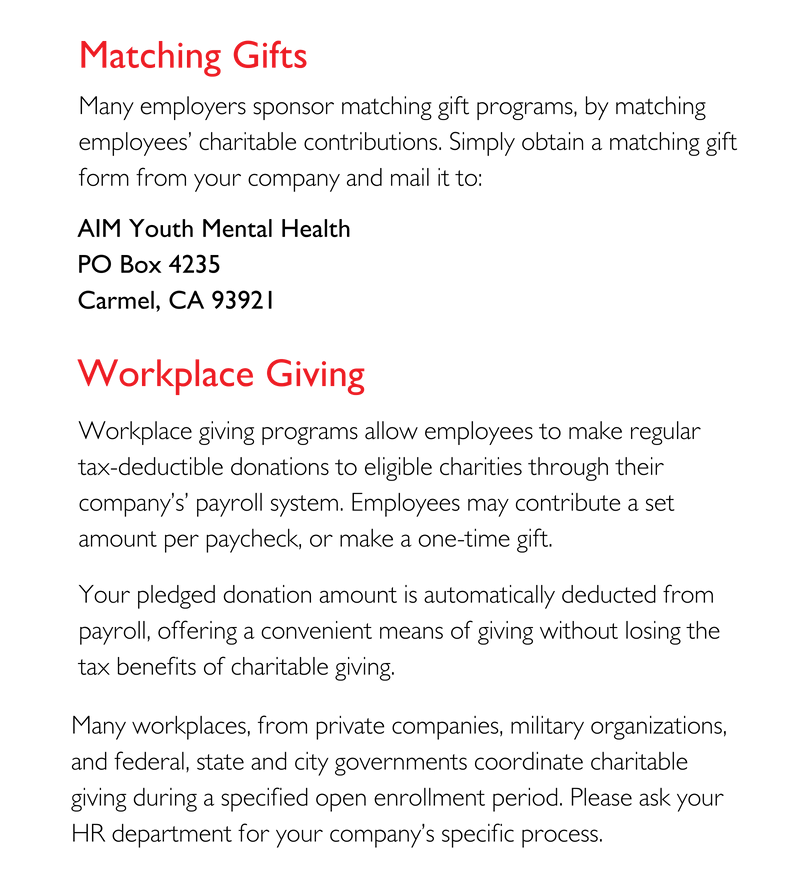
By Elise Craig, Silicon Valley Magazine
In the wake of their own family tragedy, a Woodside mother and daughter work to help others impacted by mental illness.
Just two weeks after Stacy Drazan first discovered that her teenage daughter, Shelby, a student at Sacred Heart Preparatory in Atherton, had been cutting herself, Shelby admitted that she’d been having suicidal thoughts. It was a Sunday. And the therapist Stacy had found to treat her daughter didn’t have an emergency phone number—just an answering machine. “We really didn’t even know what she was dealing with until we were already in a crisis situation,” Stacy says. “And with the stigma around mental illness, it’s all very hidden. We were scrambling.”
After consulting another therapist, Stacy was able to check Shelby into Lucile Packard Children’s Hospital that Sunday. Two days later, when a bed opened up, she moved to Mills-Peninsula Medical Center, the closest impatient adolescent mental health care facility to their Woodside home. And for the next year, the Drazans, who have no family history of mental illness, struggled to save their daughter, finding psychiatrists and emergency care, and even sending her to a monthlong program for teens in Malibu. “Shelby was always willing to get treated,” Stacy says. “She never resisted. She did everything by the book in terms of getting herself help. And we still lost her.”
In the aftermath of Shelby’s death by suicide in October of 2014, Stacy and her older daughter, Mackenzie, a sophomore at Duke University, did the only thing they knew to do. They started fighting for other families facing the devastation of adolescent mental illness, working to combat the stigma and provide the resources they wish they’d had when they first discovered that Shelby was sick. “I didn’t know how to be a sister to someone going through something like this,” Mackenzie says. “Everything I had to learn from experience, I wish I’d known from the beginning.”
For Mackenzie, that fight started with a website. When she was looking for help dealing with her sister’s illness, the resources she could find were centered on the patient, not a patient’s loved ones. There wasn’t much help for someone trying to support someone else. So she made it her mission to create that resource herself, turning to website templates WordPress, Weebly and Squarespace, and reaching out to the local medical community for help. That’s how she found Dr. Amy Heneghan, a pediatrician who shepherds an internship program at Palo Alto Medical Foundation. Heneghan introduced her to pediatricians and psychiatrists who pointed Mackenzie to the kinds of information that patients—and friends of patients—would need. By the first week of August 2015, her website, Teaching Everyone About Mental Health, or TEAM, was up and running. “She came to me with a fully blown contribution to the world of mental health,” says Heneghan, who wears a rubber bracelet bearing the website’s name. “She went at this in a very 21st century way. I recommend TEAM to patients all the time.”
The website, which Mackenzie continues to work on with the help of Bertram Labs, now includes everything from advice on how to talk to teens about self-harm to patient reviews of providers, primers on psychotic disorders, self-harm and anxiety disorders, and even instructions about how to help someone who is suicidal. Mackenzie doesn’t write any of the content herself—it’s all pulled from sources like the National Eating Disorders Collaboration and the International Bipolar Foundation. “I’m not trying to reinvent the wheel,” Mackenzie says. “All of the information is out there—it’s just not focused as a resource for people supporting others.” The only content that comes from nonexperts is the blog, where users are invited to share their own experiences with mental illness to help fight stigma. “A big part of stigma is a lack of education,” Mackenzie says. “People are afraid of what they don’t know.”
And that stigma keeps people from seeking treatment, even in an area that has been hit hard by teen suicide, as the Peninsula has. Despite the fact that parents have been petrified over the much-reported-on suicide clusters at Palo Alto high schools—which the Centers for Disease Control and Prevention recently came in to study—therapists like Menlo Park family and marriage therapist Naomi Stoller still see parents who are afraid to recognize that their children might have mental health problems. “There’s such a sense of embarrassment about it,” she says. “There’s so much competitiveness and desire to have the best kid on the block. That’s what I love about this website. It shows people, it’s not just me struggling. It’s many of us.”
For that reason, Stacy and Mackenzie are very open about the eating disorder, anxiety and depression that Shelby faced; late last year, they gave a talk about her in front of hundreds of people at a $500-a-plate fundraiser hosted by AIM for Mental Health, a Carmel-based charity that raises money for mental health research. “I think we’re at the equivalent point of where we were with AIDS,” Stacy says. “No one wanted to talk about it. Now you’re used to hearing about AIDS fundraisers. I just hope it won’t take us 25 years.”
As Mackenzie works to provide information, Stacy is fighting for better adolescent mental health care services. She doesn’t want other parents to be in the position that she was on that Sunday afternoon, with a child in crisis and no idea where to turn. “Shelby was probably starting to deal with mental health issues starting in the seventh or eighth grade,” Stacy says. “We had no idea. If we’d started early treatment, maybe that would have changed her trajectory.”
In June of 2015, she started working with Dr. Steven Adelsheim, a clinical professor of psychiatry and the director of Stanford Psychiatry’s Center for Youth Mental Health and Wellbeing, who was already working to bring an Australian youth mental health program called headspace to the United States. The idea behind headspace is easy access and early intervention, which is particularly important, Adelsheim says, because half of all mental illnesses start by age 14; 75 percent by age 24. “People are really surprised at how early these symptoms tend to start in young people,” Adelsheim says. “What we’re missing nationally is a system that allows people to access services early on, in a confidential way.” In Australia, which has about half the population of the state of California, there are more than 80 headspace locations in both rural and urban areas, where people between the age of 12 and 25 can go for help with mental health issues, as well as sexual health issues and substance abuse.
Other countries—including Ireland, Israel and Denmark—are already implementing their own headspace programs, but our complicated health care system means that figuring out how to make the program work in the United States will be tricky. Stacy and her business partner, Susan Bird, are working with other organizations to develop a strategic business plan for a national U.S. headspace model. Once it’s complete, they’ll move on to fundraising, courting corporate sponsorships and seeking government help. Stacy has also traveled to Australia to see the clinics in person. There’s a lot of work to be done, but with the help of Stacy and Bird, community partners and organizations, including the Robert Wood Johnson Foundation, Adelsheim believes that they could bring headspace pilot programs to the Bay Area within a year.
In the meantime, Stacy and Mackenzie will continue to talk about Shelby and to fight to end the stigma around mental illness. “In the moment after her death, I didn’t know what to do, but I realized very quickly,” Stacy says. “She was a fabulous person who was really interested in helping others. It’s very easy to talk about her.”
Originally published in the March issue of Modern Luxury Silicon Valley.



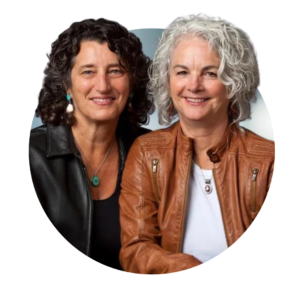
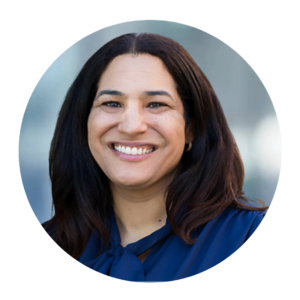


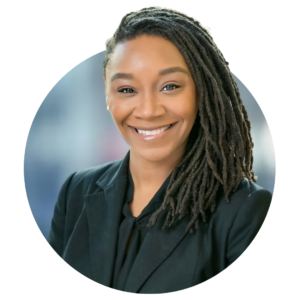





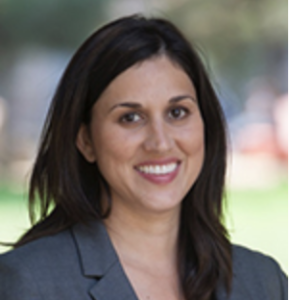


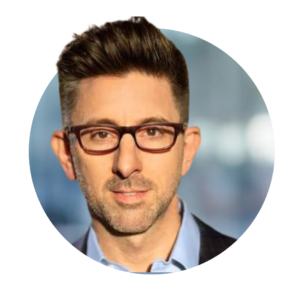

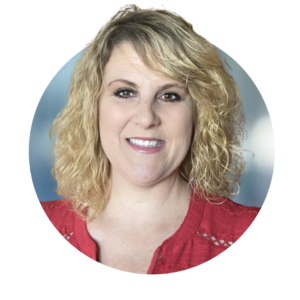 Moving Upstream: A Proactive Approach to Addressing Behaviors and Bullying
Moving Upstream: A Proactive Approach to Addressing Behaviors and Bullying Krista Reuther is the Assistant Director of Ohana’s Community Health and Prevention Program. She received her Masters in Public Health and Social Work at UC Berkeley. She comes to this position after 14 years of clinical social work experience at Stanford Children’s Hospital in pediatric oncology, critical care, and bereavement. Her goal is to reduce the incidence of mental illness in children and adolescents in Monterey County.
Krista Reuther is the Assistant Director of Ohana’s Community Health and Prevention Program. She received her Masters in Public Health and Social Work at UC Berkeley. She comes to this position after 14 years of clinical social work experience at Stanford Children’s Hospital in pediatric oncology, critical care, and bereavement. Her goal is to reduce the incidence of mental illness in children and adolescents in Monterey County.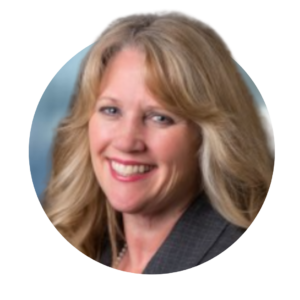 Dr. Guss is a 35-year veteran educator with a doctorate degree in Educational Leadership. She served as a classroom teacher for 10 years, including two years as a teacher in a bilingual program in South Central Los Angeles. She has also served as a college professor, mentor teacher for new teachers, and a master teacher for teacher candidates completing their student teaching experience. She continues to be a strong advocate for the teaching profession.
Dr. Guss is a 35-year veteran educator with a doctorate degree in Educational Leadership. She served as a classroom teacher for 10 years, including two years as a teacher in a bilingual program in South Central Los Angeles. She has also served as a college professor, mentor teacher for new teachers, and a master teacher for teacher candidates completing their student teaching experience. She continues to be a strong advocate for the teaching profession. Fellowship: Stanford University School of Medicine (1994) CA
Fellowship: Stanford University School of Medicine (1994) CA Michael G. Thompson, Ph.D. is a consultant, author and psychologist specializing in children and families. He is the supervising psychologist for the Belmont Hill School and has worked in more than seven hundred schools across the United States, as well as in international schools in Central America, Europe, Africa and Asia.
Michael G. Thompson, Ph.D. is a consultant, author and psychologist specializing in children and families. He is the supervising psychologist for the Belmont Hill School and has worked in more than seven hundred schools across the United States, as well as in international schools in Central America, Europe, Africa and Asia.
 is 15 years old and a sophomore at Marina High School in Marina, CA. Her academic interests include math, history, and psychology. She joined the AIM Ideas Lab in 2021 because she wanted to be a part of something that could have a great impact on her community. Marwa is interested in youth mental health because she has always been fascinated with the human mind and she wants to support those that are suffering who may feel like their challenges in life aren’t important enough or are too afraid to seek necessary help.
is 15 years old and a sophomore at Marina High School in Marina, CA. Her academic interests include math, history, and psychology. She joined the AIM Ideas Lab in 2021 because she wanted to be a part of something that could have a great impact on her community. Marwa is interested in youth mental health because she has always been fascinated with the human mind and she wants to support those that are suffering who may feel like their challenges in life aren’t important enough or are too afraid to seek necessary help. Giovanna Panetta is a 16 year old junior at Carmel High School. She has always been called to STEM subjects, specifically biology. The AIM Ideas Lab instantly attracted her attention as a research opportunity. Gia has always comprehended the importance of mental health. She knows that COVID only exacerbated previously existing problems, and that as a community we can try and find the root of those problems. Mental health is an integral part of life, and can impede a body’s ability to be healthy. She strongly believes that life is worth living, and she wants to help anyone that thinks otherwise.
Giovanna Panetta is a 16 year old junior at Carmel High School. She has always been called to STEM subjects, specifically biology. The AIM Ideas Lab instantly attracted her attention as a research opportunity. Gia has always comprehended the importance of mental health. She knows that COVID only exacerbated previously existing problems, and that as a community we can try and find the root of those problems. Mental health is an integral part of life, and can impede a body’s ability to be healthy. She strongly believes that life is worth living, and she wants to help anyone that thinks otherwise. Dr. Friedman completed her undergraduate degree in Psychology from University of California San Diego (UCSD). She went on to complete her masters and doctorate degrees (Ph.D.) in Clinical Psychology from Rosalind Franklin University of Medicine and Science/Chicago Medical School. Dr. Friedman completed her pre-doctoral internship at Rush University Medical Center, Chicago, IL, and her post-doctoral fellowship training at the VA San Diego Healthcare System. Her clinical training and experience has been focused primarily on comprehensive assessment and effective treatments for anxiety, mood and related disorders. Dr. Friedman has extensive experience in providing Cognitive Behavioral Therapies for anxiety disorders (e.g. worry, OCD, social anxiety, phobias and PTSD), depression, adjustment disorders/life stress, insomnia and body-focused repetitive behaviors (e.g. Trichotillomania and skin picking). She has received training in evidence-based interventions for a variety of specific problems, including exposure with response prevention (ERP) for treatment of OCD, Prolonged Exposure (PE) for treatment of PTSD, and Cognitive Behavioral Therapy for Insomnia (CBT-I). Moreover, she has specialty training in the treatment of childhood anxiety and related disorders, such as ADHD, selective mutism, separation anxiety, PTSD, depression and specific phobias. In addition, Dr. Friedman has developed an expertise in research on Trichotillomania and body-focused repetitive behaviors, which has led to numerous local and national presentations. Dr. Friedman regularly attends local and national conferences, training seminars and workshops in order to stay informed on the most up to date treatments and apply state of the art science into her clinical practice.
Dr. Friedman completed her undergraduate degree in Psychology from University of California San Diego (UCSD). She went on to complete her masters and doctorate degrees (Ph.D.) in Clinical Psychology from Rosalind Franklin University of Medicine and Science/Chicago Medical School. Dr. Friedman completed her pre-doctoral internship at Rush University Medical Center, Chicago, IL, and her post-doctoral fellowship training at the VA San Diego Healthcare System. Her clinical training and experience has been focused primarily on comprehensive assessment and effective treatments for anxiety, mood and related disorders. Dr. Friedman has extensive experience in providing Cognitive Behavioral Therapies for anxiety disorders (e.g. worry, OCD, social anxiety, phobias and PTSD), depression, adjustment disorders/life stress, insomnia and body-focused repetitive behaviors (e.g. Trichotillomania and skin picking). She has received training in evidence-based interventions for a variety of specific problems, including exposure with response prevention (ERP) for treatment of OCD, Prolonged Exposure (PE) for treatment of PTSD, and Cognitive Behavioral Therapy for Insomnia (CBT-I). Moreover, she has specialty training in the treatment of childhood anxiety and related disorders, such as ADHD, selective mutism, separation anxiety, PTSD, depression and specific phobias. In addition, Dr. Friedman has developed an expertise in research on Trichotillomania and body-focused repetitive behaviors, which has led to numerous local and national presentations. Dr. Friedman regularly attends local and national conferences, training seminars and workshops in order to stay informed on the most up to date treatments and apply state of the art science into her clinical practice. Dr. Piacentini is a board-certified clinical child and adolescent psychologist and Professor in the UCLA Department of Psychiatry and Biobehavioral Sciences. He directs the UCLA Child OCD, Anxiety, and Tic Disorders Clinic and Tourette Association Center of Excellence which provide diagnostic evaluation and treatment (both therapy and medication) for youth with the above problems. He also directs the UCLA Center for Child Anxiety Resilence, Education, and Support (CARES; carescenter.ucla.edu) which provides education and programming to parents, teachers, and clinicians about anxiety prevention and management.
Dr. Piacentini is a board-certified clinical child and adolescent psychologist and Professor in the UCLA Department of Psychiatry and Biobehavioral Sciences. He directs the UCLA Child OCD, Anxiety, and Tic Disorders Clinic and Tourette Association Center of Excellence which provide diagnostic evaluation and treatment (both therapy and medication) for youth with the above problems. He also directs the UCLA Center for Child Anxiety Resilence, Education, and Support (CARES; carescenter.ucla.edu) which provides education and programming to parents, teachers, and clinicians about anxiety prevention and management.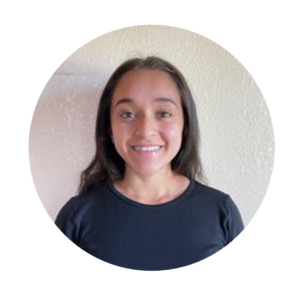 Citlalli Nava is 18 years old and a first year majoring in Psychology at Hartnell Community College in Salinas, CA. She is passionate about understanding how mental health affects how youth think, act, and feel. Citlalli joined the AIM Ideas Lab in 2021 after witnessing the increase in mental health challenges in teenagers and considering the mental health issues they are facing. Citlalli is interested in youth mental health because it is a real problem faced by her generation.
Citlalli Nava is 18 years old and a first year majoring in Psychology at Hartnell Community College in Salinas, CA. She is passionate about understanding how mental health affects how youth think, act, and feel. Citlalli joined the AIM Ideas Lab in 2021 after witnessing the increase in mental health challenges in teenagers and considering the mental health issues they are facing. Citlalli is interested in youth mental health because it is a real problem faced by her generation. Clinical and community psychologist and health care innovator Arthur C. Evans Jr., PhD, is CEO of the American Psychological Association, the leading scientific and professional organization representing psychology in the United States. With more than 146,000 researchers, educators, clinicians, consultants, and students as members, APA promotes and disseminates psychological knowledge to benefit society and improve lives – a mission consistent with Evans’ life work.
Clinical and community psychologist and health care innovator Arthur C. Evans Jr., PhD, is CEO of the American Psychological Association, the leading scientific and professional organization representing psychology in the United States. With more than 146,000 researchers, educators, clinicians, consultants, and students as members, APA promotes and disseminates psychological knowledge to benefit society and improve lives – a mission consistent with Evans’ life work.
